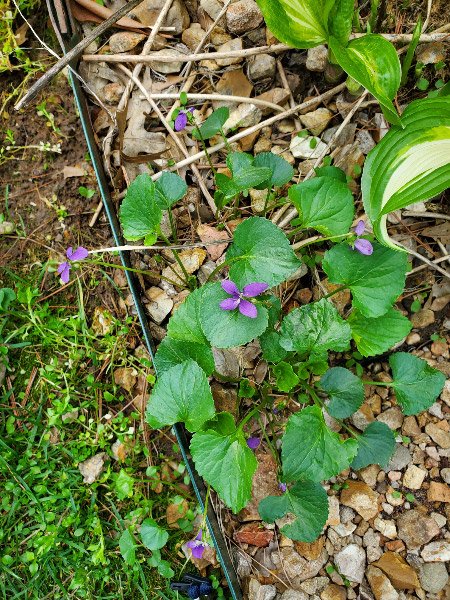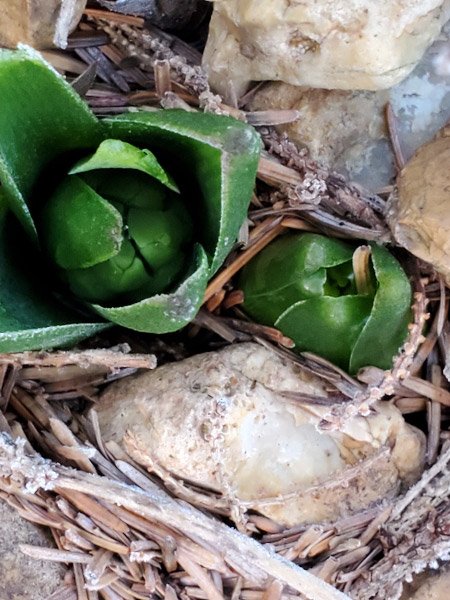Gleanings of the Week Ending June 10, 2023
/The items below were ‘the cream’ of the articles and websites I found this past week. Click on the light green text to look at the article.
In 2050, over 800 million people globally estimated to be living with back pain: Analysis also dispels common back pain myth -- ScienceDaily – Attributable to occupational factors, smoking and being overweight. More common among older people and women. Current clinical guidelines for back pain treatment and management do not provide specific recommendations for older people. Low back pain continues to be the greatest cause of disability worldwide.
Why Are Some Wolves Black? The Answer Will Surprise You - Cool Green Science – There are more black-colored wolves in the southern Rocky Mountains…more gray coated wolves everywhere else. The black is from dogs that traveled with humans across the Bering Strait around 10,000 years ago, and those genes also make the black-colored wolves more resistant to distemper (which came with the conquistadors to South America).
We now know exactly what happens in nature when we fell forests -- ScienceDaily – When agriculture replaces forestry…a detailed study done in the Azores…substantiates the advise to plant native trees and flowers…stop mowing the lawn!
The viruses that helped to make you human - BBC Future – About 8% of the human genome comes from viruses but, curiously, there is not evidence of new endogenous retroviruses (ERVs) entering the human genome in the last few 1000 years (Koalas are being invaded by koala retrovirus with the viral DNA found in some populations but not others). The most studied human ERV is HERV-W; first described in 1999; genes that are essential for the placenta to form.
Algae in the Andes – Bursts of phytoplankton are not unusual in oceans, seas, gulfs, and canals. Now they are in lakes too….and potentially hazardous.
New Low Cost High Performance Perovskite Solar Cells – It appears that solar cells are on track to get better and better!
Communities should reconsider walking away from curbside recycling, study shows -- ScienceDaily – Maybe the trend of towns and cities across the US cancelling or scaling back recycling programs due to rising costs needs to keep recycling but focus on recycling materials with the greatest market value (newspaper, cardboard, aluminum/steel cans, HDPE/PET plastic bottles) and highest potential for carbon offset.
Does the roar of rocket launches harm wildlife? These scientists seek answers – Launches at Vandenberg have increased from 5-15 rockets per year to 50-100. There are biodiversity hotspots near launch sites in California, Texas, and Florida; the study at Vandenberg is intended to provide more insight about how launches impact wildlife. The study is funded for 3 years but may need a decade to understand some of the impacts.
Remains of Child Mill Workers Examined in Northern England - Archaeology Magazine – A study of 150 remains from a churchyard cemetery…many were young people between the ages of 8 and 20. They were pauper apprentices and their bones showed signs of stunted growth, malnutrition, rickets, and tuberculosis.
Turmeric: here’s how it actually measures up to health claims – Many of the health claims have only been proved in the lab or in animals. There are studies that show that turmeric has a modest benefit for pain compared to a placebo – but the studies are often on small populations and there is a wide variation in the amount of turmeric participants were given. There is not enough research to firmly support any of the claims…although it is a great spice (flavor and color).
















































